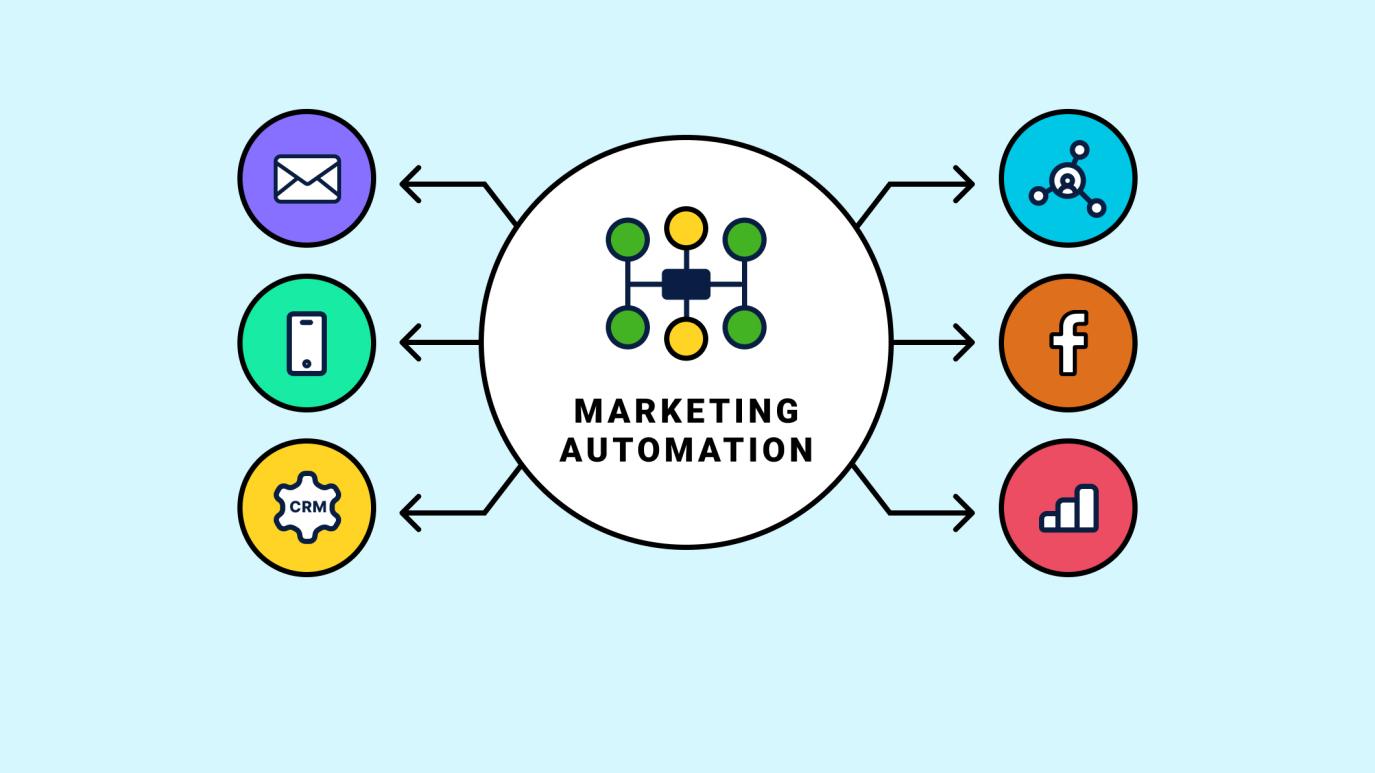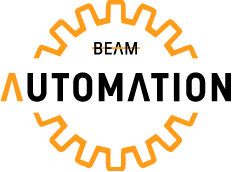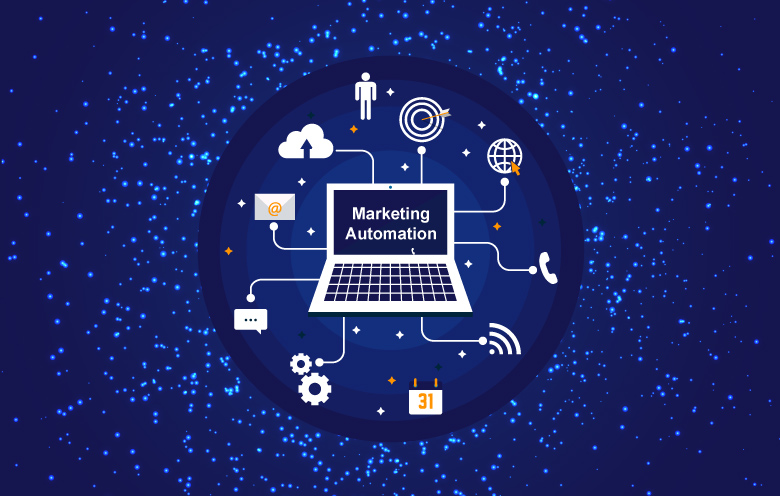The current business speed demands automation tools as a fundamental ingredient for business success. Organisations experience difficulty in distinguishing between the automations that support sales and marketing functions. Knowledge of these concepts serves as a foundation for efficient business process development and efficiency improvement towards revenue growth. The following discussion will help you separate sales automation from marketing automation by defining their unique features.
What is sales automation?
The application of software with technology enables companies to optimise and enhance their sales procedures. The system accomplishes repetitive processes as well as manages customer interaction while recording sales metrics. The purpose of sales automation solutions is to increase sales team productivity through administrative burden reduction so teams can build relationships and secure transactions.
Key Features of Sales Automation Solutions
• Lead Management: Sales automation tools help companies successfully gather, track, and control leads. This guarantees that no possible client falls through the gaps.
• Contact Management: These tools offer centralised databases for keeping client data, hence simplifying access and record updating for salespeople.
• Sales Forecasting: Sales automation systems forecast future sales patterns by means of past data analysis, hence enabling companies to act wisely.
• Reporting and Analytics: Real-time analytics provide insights into sales performance, therefore enabling teams to modify their strategy accordingly.
For companies trying to simplify their operations, sales automation is a great tool since these qualities, taken together, improve the efficiency of sales teams.
What is marketing automation?
The core function of marketing automation includes automating various marketing operations and workflow management. Through this technology, marketing operations get better control over their campaign deployment, coupled with improved client interaction management and enhanced marketing performance assessment. Marketing automation systems help organisations present tailored content to their customers for lead development during the sales process.
Key Features of Marketing Automation Tools

• Email Marketing: Automating e-mail campaigns so we could send tailor-made communications depending on user hobbies, alternatives, and demographics.
• Social Media Management: Tools for marketing automation help to plan and publish social media material and offer analysis of engagement data.
• Lead Scoring: By means of this function, marketers may concentrate on the most promising leads by prioritising them depending on their propensity to convert.
• Campaign Tracking: By tracking campaign results in real time, marketing automation tools let companies maximise their plans depending on data-driven insights.
The automation of marketing operations allows businesses to improve their market expansion while engaging customers better and maximising conversion success.
Key Differences Between Sales Automation and Marketing Automation
Different roles of sales and marketing automation systems cause notable variations in their aims, goals, and operational strategies.
1. Primary Goals
• Sales Automation: The primary goal of sales automation is to simplify the sales process so that sales teams may more efficiently finalise transactions.
• Marketing Automation: Organisations exploit targeted marketing campaigns to build new leads, develop prospects, and enhance customer connection.
2. Target Users
• Sales Automation: Primarily used by sales teams, including sales representatives, managers, and executives who require tools to manage customer relationships and sales pipelines.
• Marketing Automation: Utilised by marketing groups, which include digital entrepreneurs, content material creators, and marketing campaign managers who want to automate and examine their advertising and marketing efforts.
3. Tools and Technologies
• Sales Automation Solutions: Include CRM systems, lead management tools, and sales forecasting software that streamline sales processes.
• Marketing Automation Tools: Encompass email marketing platforms, social media management tools, and analytics software that enhance marketing strategies.
The Benefits of Integrating Sales and Marketing Automation
Combining advertising and marketing automation with sales can provide agencies with many blessings. This synergy promotes teamwork and communication by means of allowing greater alignment between income and marketing departments. Data and insight sharing help companies develop more focused marketing strategies and enhance lead quality.
Furthermore, the application of sales and marketing automation tools can give a complete picture of consumer interactions, hence helping companies to customise their plans properly. This improves client experiences and boosts conversion rates.
Conclusion
Any company wanting to increase efficiency and promote expansion must first grasp the distinctions between sales automation and marketing automation. Though they have different goals, both tools can cooperate to provide superior outcomes. BEAM Automation provides a variety of products designed to assist companies in simplifying their sales operations and improving marketing efforts. Adopting the correct automation techniques will help businesses improve efficiency, build stronger client connections, and finally generate more money. Adopt automation now to advance your company!

